Philippine Dance as a Medium of Transcendence
By Wilfred Galila
To remember and honor shamans known as babaylans, katalonans, and many other names in pre-colonial Philippines, many of them non-binary, was the impetus for Sydney Loyola’s most recent project.
The Haraya Dance Project encourages the participation by Filipino-American transgender, non-binary, and genderqueer community to honor the gender-neutral deities of the Philippines. “Traditional Philippine dance is so binary: male and female. We haven’t really recognized the presence of non-binary individuals during the pre-colonial period,” says Sydney. “The creation of Haraya is just honoring that; to not forget that before the colonizers came, we already respected the babaylans, the katalonans. We are here and we are not going away.”
A master Philippine Dance choreographer, educator, transgender dance artist, founding artistic director of the American Center of Philippine Arts, and current Kularts Master Artist-In-Residence, Sydney is an alumna of the Bayanihan Philippine National Folk Dance Company and protege of Philippine National Artist for Dance, Lucrecia Reyes-Urtula. “My inspiration and technique is based on my personal experience with tribal people and with my personal experience with Bayanihan technique.”
Sydney’s years of experience dancing for Bayanihan under the mentorship of Reyes-Urtula honed her mastery of Philippine Dance. Moving to the US and gaining new perspectives brought about by the freedom and ability to realize her authentic self, Sydney has taken her practice of Philippine Dance beyond the binary definition of gender. “When everybody is gathered in a ritual led by a babaylan, her performance is neutral. Her performance is communicating with the gods. That time and that space—that is a transgender form, that form is non-binary.”
Nowhere else would it have been possible for Sydney to manifest this vessel to take Philippine Dance into new realms. “We are so blessed that we are in a city where we are being seen. We are being recognized as part of the landscape of San Francisco. There’s nowhere else, I would say, is the best place where we are seen, stand, and be counted as transgender representing Philippine Dance.”
“We have the ability to perform and to move with the body that can represent two genders. We have that capability. If I want to move very masculine, I can do that. And I can move very feminine without question. It’s very distinct in one body. That is the gift that we have.”
***
Wilfred Galila is a multimedia artist and writer who lives and runs trails in the San Francisco Bay Area.



